AMD Continues To Sell 14nm Zen CPUs In 2023
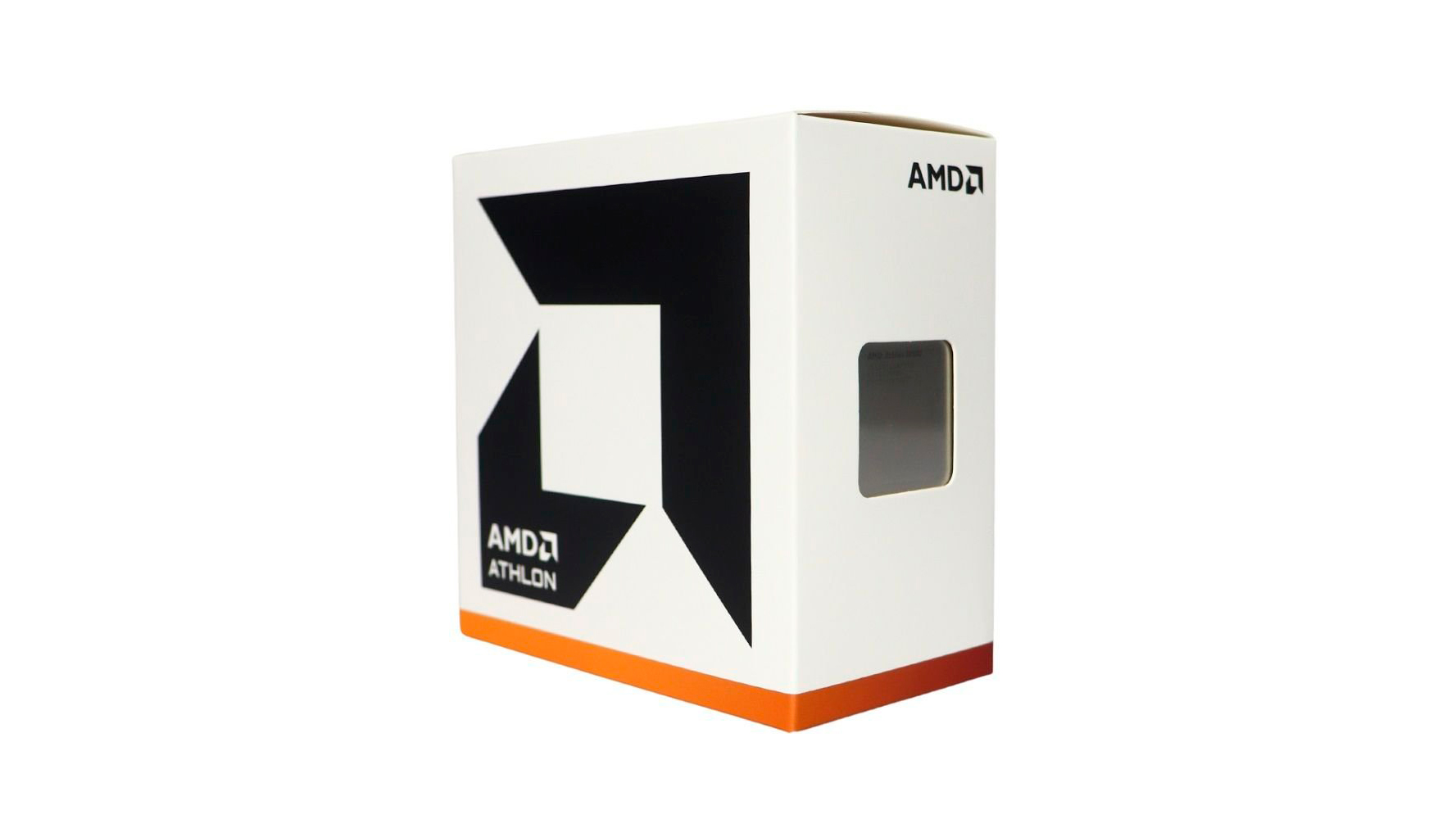
You'll never find something like an Athlon 3000G among the best CPUs for gaming. That doesn't mean the four-year-old chip has disappeared from the face of the earth. On the contrary, the Athlon 3000G continues to grace the market with its presence and even flaunts new packaging.
Built on the 14nm process node, the Athlon 3000G dates back to AMD's Zen days. The 35W processor features a dual-core, quad-thread design with a static 3.5 GHz base clock. Being a bottom-of-the-barrel chip, the Athlon 3000G doesn't get much attention. However, two different variants are on the market, carrying different OPNs (orderable product numbers). AMD lists the YD3000C6FHBOX version on its website that uses the Dali die, a cheaper offshoot of Raven Ridge. Meanwhile, the YD3000C6FBBOX version is based on the original Raven Ridge.
Both versions of the Athlon 3000G share identical specifications, so the performance should still be the same on both chips. However, the primary difference is that only the Dali version (YD3000C6FHBOX) is supported on Windows 11, leading to much confusion among Athlon 3000G owners because some meet the requirements and others don't at the time of upgrade. X user Hoang Anh Phu discovered that AMD had refreshed the Athlon 3000G's packaging.
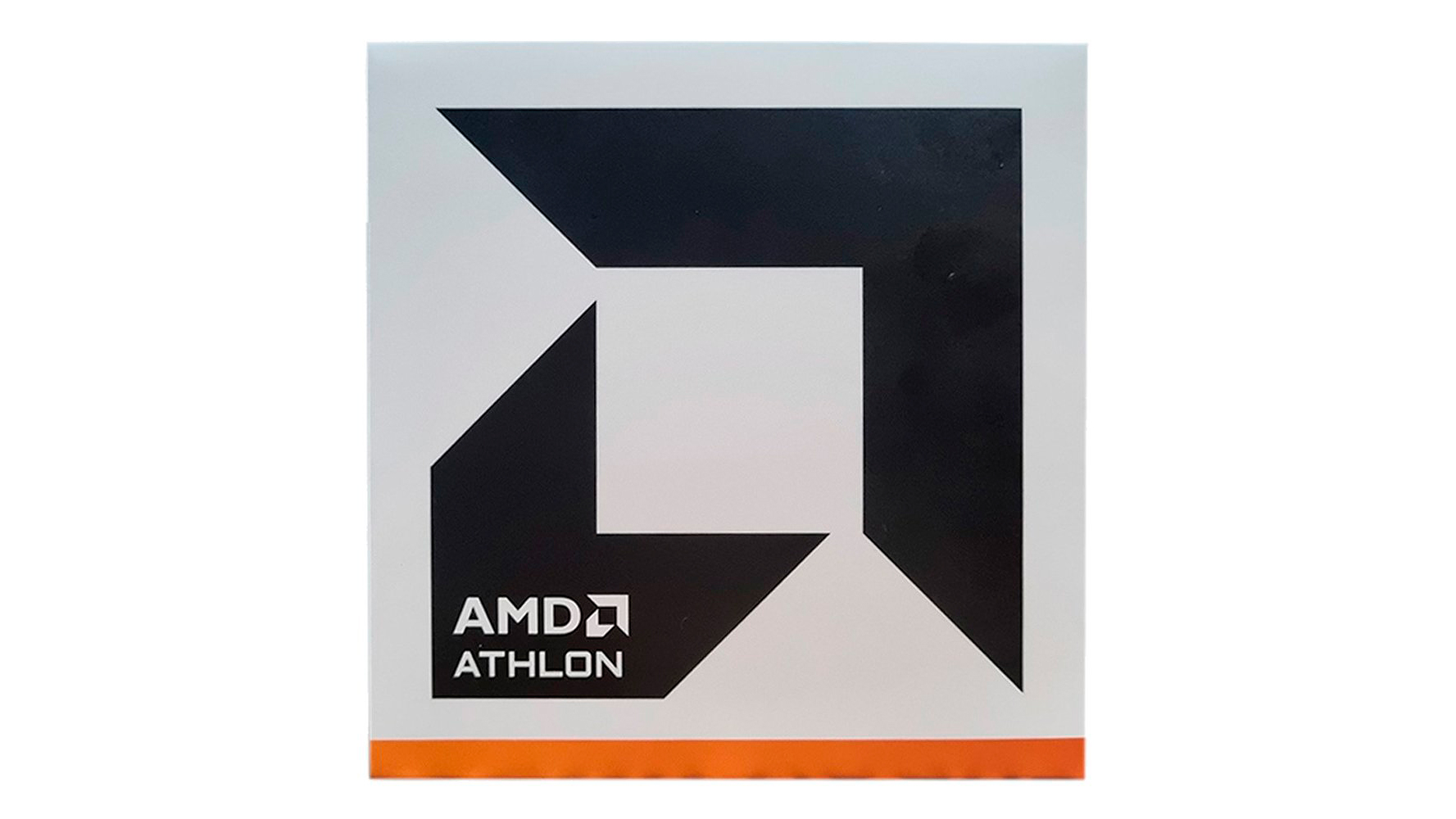

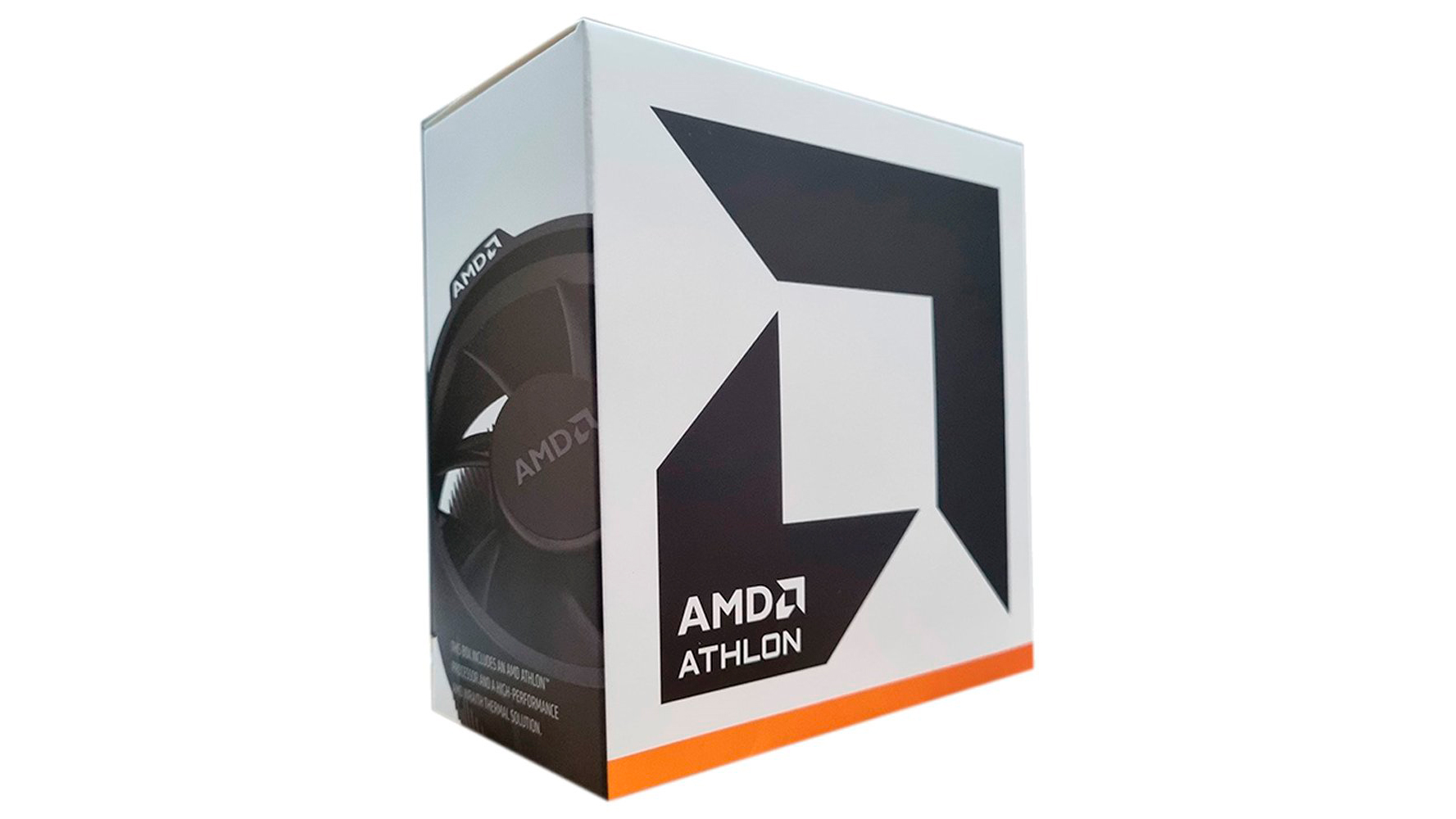

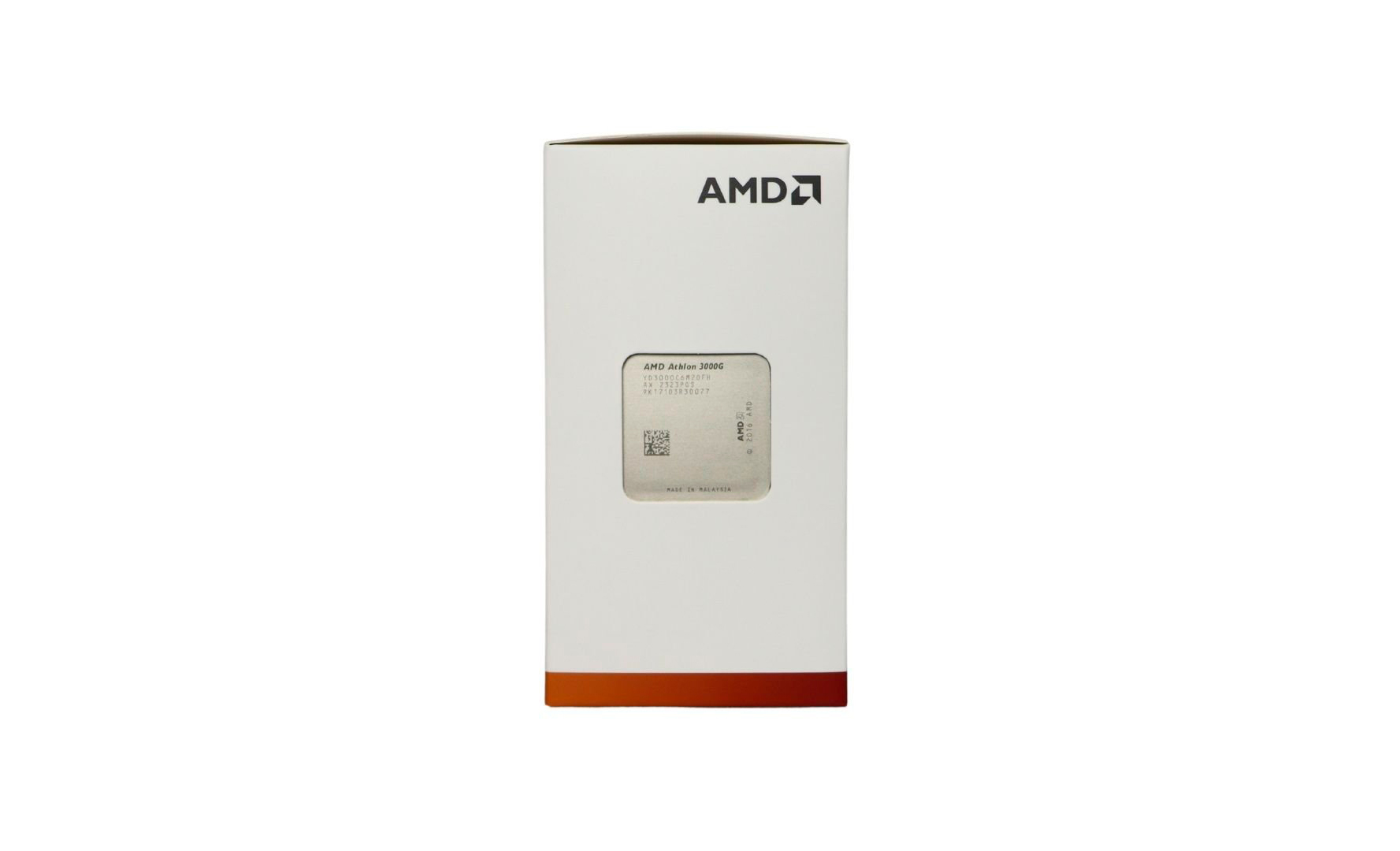

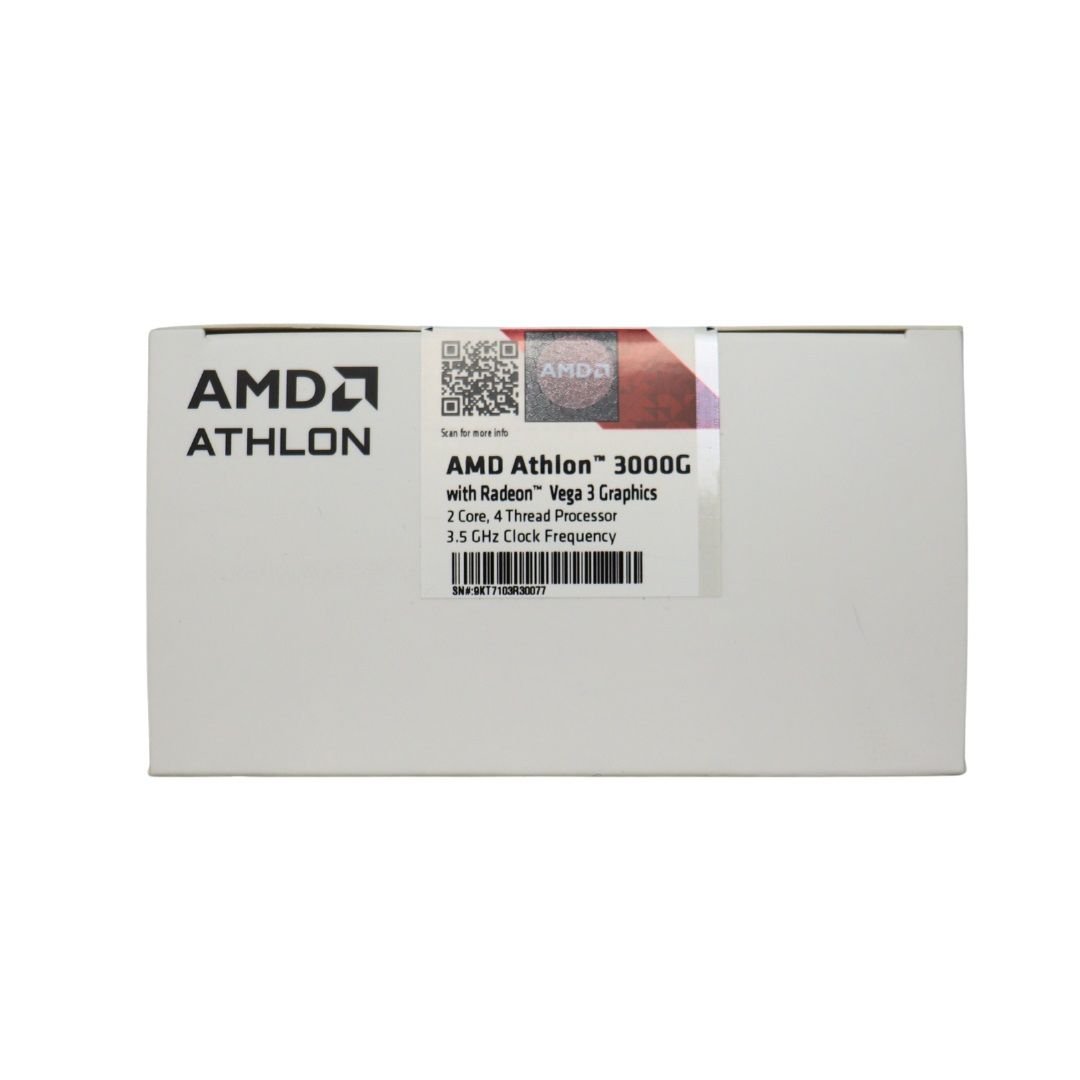
The Athlon 3000G with the revised packaging has a new OPN, which corresponds to YD3000C6FHSBX. AMD is still using the previous OPN (YD3000C6FHBOX) on its website. However, many overseas retailers have started to list the Athlon 3000G with its new packaging.
AMD retained the white theme on the new packaging but wholly overhauled it. The new packaging has a minimalistic look to it. The chipmaker removed the Athlon and Zen logo to replace it with a vast AMD logo instead. The chipmaker has subtly pushed the Athlon branding to the bottom so consumers can still see which AMD processor they purchase. AMD doesn't advertise the Radeon Vega graphics on the box anymore.
A bit of orange helps give the packaging's black-and-white theme some punch. There's the usual cutout where you can get a glimpse of the processor, which, in this case, is the Athlon 3000G. AMD took advantage of the extra space on the box to put a partial image of the Wraith Stealth cooler. It would seem that this "new" Athlon 3000G comes with an upgraded stock cooler. The previous Athlon 3000G arrived with a run-of-the-mill stock cooler that was smaller than the Wraith coolers that AMD bundled with the more expensive and powerful Ryzen chips.
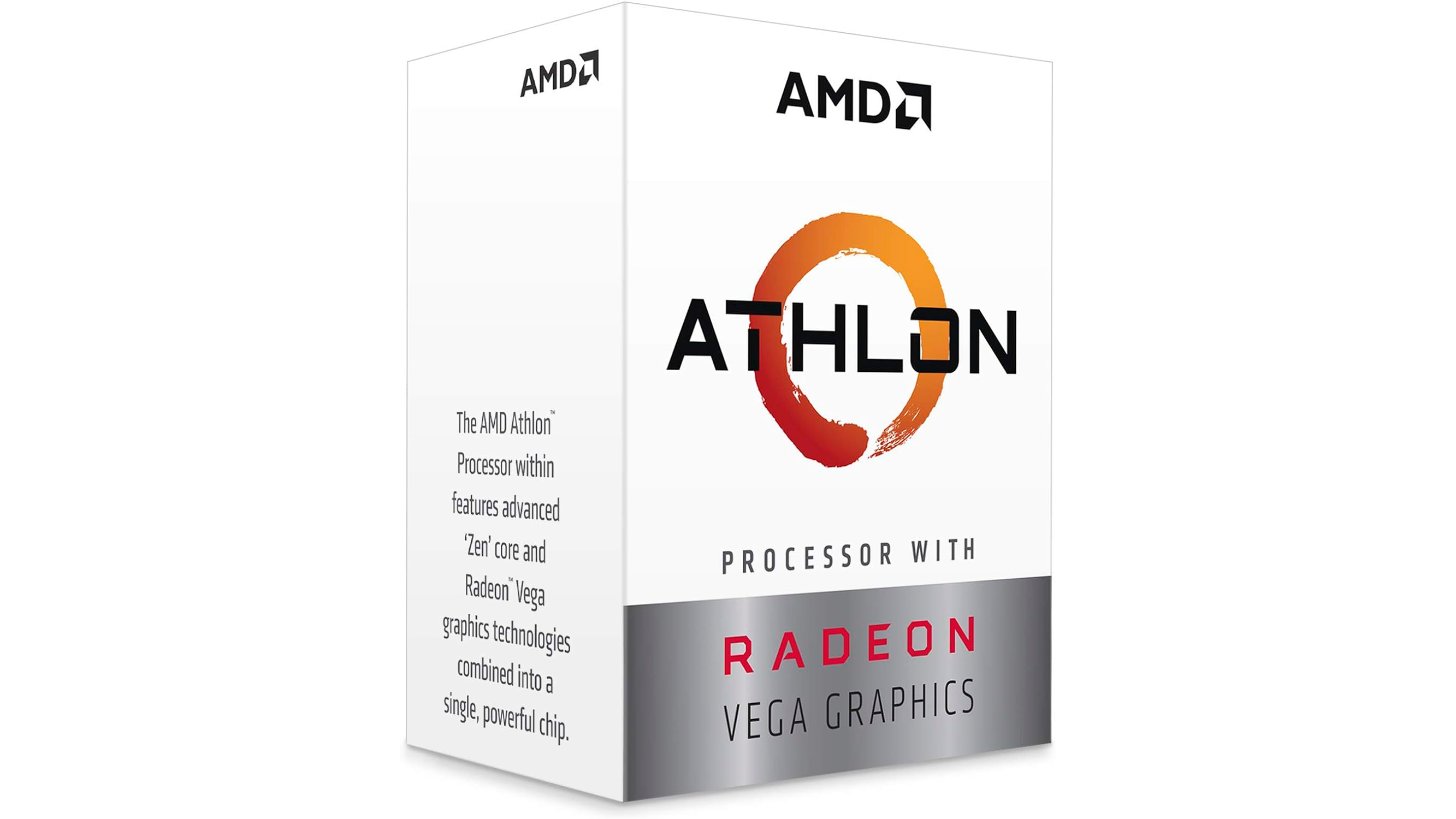
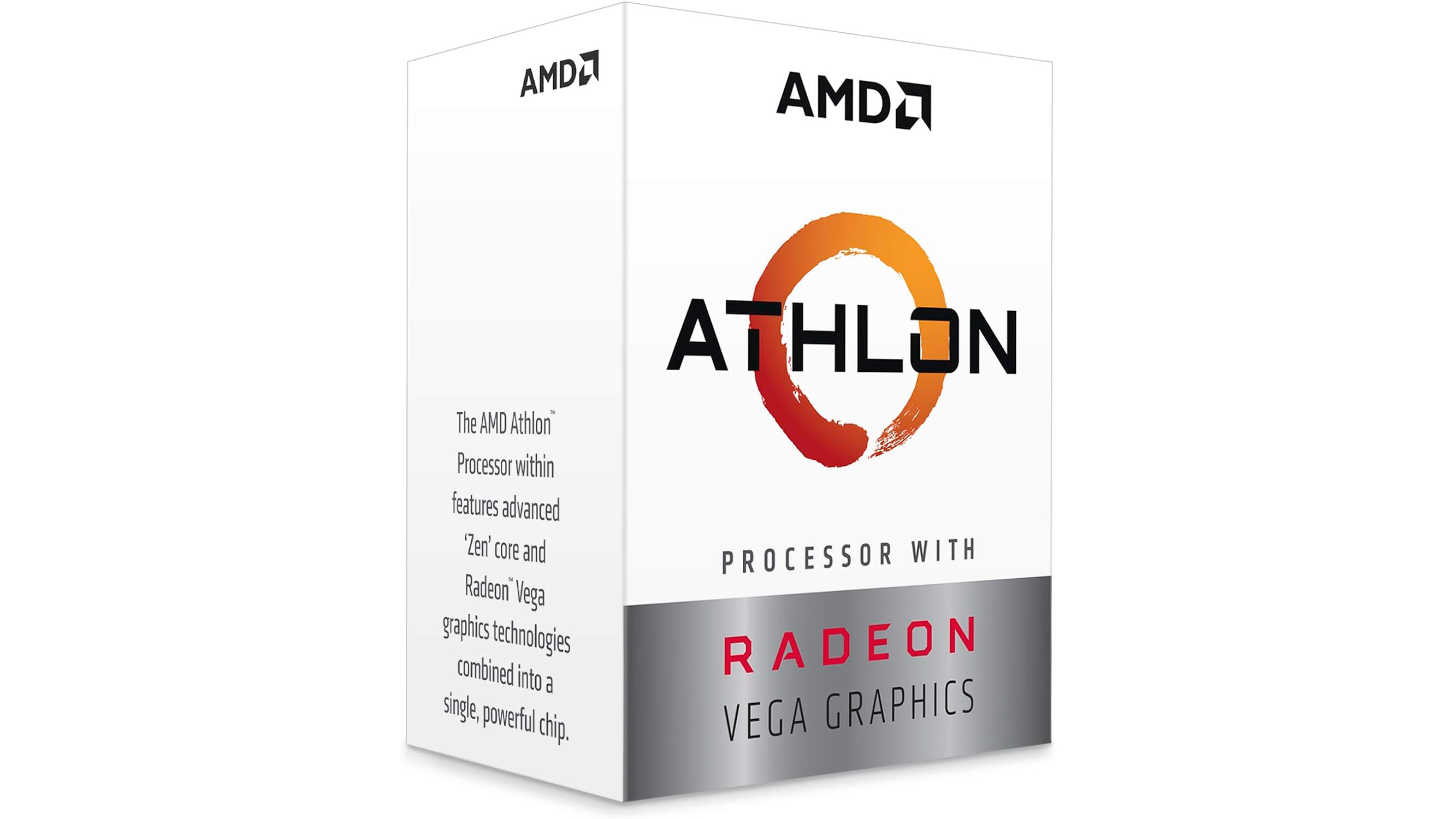
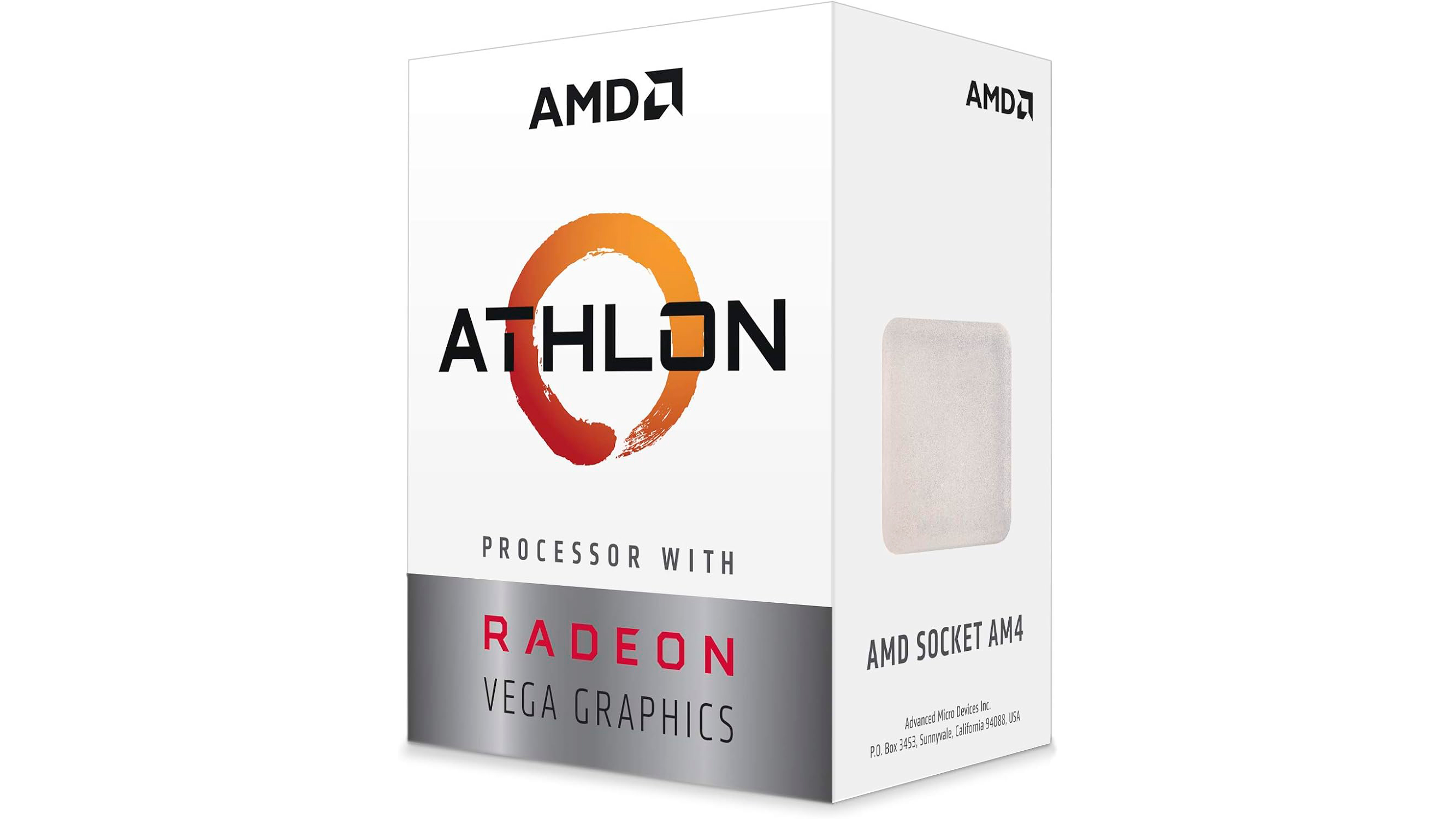
Not every day do you see a chipmaker refresh the packaging for an old chip. In AMD's case, the chipmaker is already on Zen 4, so on the surface, it looks like it makes little sense, but there are some valid reasons behind it. The Athlon 3000G is manufactured on the older 14nm process node, so while it's not dead cheap to make, it doesn't cost AMD a leg or an arm. Alternatively, the chipmaker may still have a substantial inventory of Zen chips to get rid of.
Get Tom's Hardware's best news and in-depth reviews, straight to your inbox.
On the other hand, the Athlon 3000G targets the entry-level market, which hasn't seen much movement from AMD's side. The chipmaker has subsequently released its Athlon Gold 3150G, Athlon Gold 3150GE, and Athlon Silver 3050GE, wielding the slightly more improved Zen+ cores. However, the trio of Athlon-branded chips are only available to OEMs. While you can still get them in the grey market, you don't get the same level of warranty.
With no representative to compete in the entry-level market, it's easy to see why AMD has kept the Athlon 3000G alive after all these years. It might sound shocking, but the Athlon 3000G is one of the few processors that haven't lost its value since its debut. The Athlon 3000G launched at $49 four years ago, and the Zen chip still retails at the same MSRP. The price varies depending on the stock, as third-party sellers often jack up the price tag to around $65 or over $100.

Zhiye Liu is a news editor, memory reviewer, and SSD tester at Tom’s Hardware. Although he loves everything that’s hardware, he has a soft spot for CPUs, GPUs, and RAM.
-
usertests Isn't it supposed to be easy to trick Windows 11 into accepting older CPUs without TPMs or w/e requirement it wants?Reply
I wonder who would buy this legendary dual-core today. Maybe if your overall build cost is less than $150 with this $50 APU and a bunch of used or given away parts, it's not too bad. Otherwise aim for a 5600G. -
fball922 Reply
I briefly ran one in my NAS/Plex server and it was great for that. The GPU could handle hardware accelerated transcoding and felt very responsive. I later consolidated hardware and no longer needed it, but I was very happy with it overall.usertests said:Isn't it supposed to be easy to trick Windows 11 into accepting older CPUs without TPMs or w/e requirement it wants?
I wonder who would buy this legendary dual-core today. Maybe if your overall build cost is less than $150 with this $50 APU and a bunch of used or given away parts, it's not too bad. Otherwise aim for a 5600G. -
rluker5 Reply
As long as you have the TPM and meet the other requirements, I've found a normal USB install of W11 works fine on unsupported chips. I have it running on Haswell and Broadwell. This thing should be about as fast as a Haswell i3. Which is not bad for light computing like web browsing, social media, video playback, and very light gaming like minecraft, those candy crush type games and very old games like HL2. Not the fastest but gets the job done.usertests said:Isn't it supposed to be easy to trick Windows 11 into accepting older CPUs without TPMs or w/e requirement it wants?
I wonder who would buy this legendary dual-core today. Maybe if your overall build cost is less than $150 with this $50 APU and a bunch of used or given away parts, it's not too bad. Otherwise aim for a 5600G.
If that is all somebody wants this chip is a good option because it is so cheap. Any cheaper would put you in the old retired office ebay category.
It is better than something like the G6900 which is 2c2t because Windows is very hitchy on 2 threads even though those threads are far stronger. -
digitalgriffin I ran a 3400g on windows 11. Yet it's just a slightly overclocked 2400g with a very slight node shrink. And the 2400g isn't supported.Reply
There has to be some difference other than the small node shrink of 14->12nm. This raises my suspicions the two variants of the 3000g is the same.
Either way they make great 25w parts for media servers, nas, and firewall/routers. -
thisisaname Interesting but AMD could produce a lot better processor at this price, assuming they sell it at $49 and not a higher price.Reply -
frogr Typo? Zen not Zen 4Reply
The Athlon 3000G launched at $49 four years ago, and the Zen 4 chip. -
TechLurker Reply
IIRC, it's still on the list of supported AM4 CPUs on most mobos, simply because it allowed for a fallback for BIOS updates. Esp. during the 400/400 MAX Chipset issues, where AMD's BIOS upgrade kit consisted of one of these that the user then ships back after update.usertests said:Isn't it supposed to be easy to trick Windows 11 into accepting older CPUs without TPMs or w/e requirement it wants?
On a semi-related note, AMD also still produced FX Processors up until Zen+ and secretly updated the coolers for them. I was able to buy a cheap FX 9590X (just for fun and to max out my old AM3 mobo), and it came with the then new and fancy Wraith Prism cooler that originally only came with high-end 1700X and 1800X CPUs. -
pug_s I think that this processor is probably not for the US market, rather for Asia, Africa or Latim America market. Internet cafe's which needs an inexpensive computer would probably these processors. Aliexpress also sells a Soyo B450m mobo starting for less than $50 new too. However, maybe these are binned Ryzen 3400g cpu's.Reply -
abufrejoval Reply
I am pretty sure these chips are stock produced years ago, which are now sold off, after e.g. they no longer needed to be held e.g. for use in embedded devices.thisisaname said:Interesting but AMD could produce a lot better processor at this price, assuming they sell it at $49 and not a higher price.
CPU vendors sell "industrial" chips with a warranty of availability at a markup, so that they can be replaced if one should break or even be damaged, without having to replace e.g. the huge expensive machine it runs.
And they implement that warranty with dies or chips in stock that can be "personalized" or even still packaged later, after the stock warranty has expired or just the predictions on future replacement needs shrink.
And of course there is always just some plain surplus.
So instead of destroying these chips, sometimes vendors will sell them, often into a niche market, where there is less chance that they'll openly compete with current "better" products.
And $49 is saving of stock cost, makes at least a few bucks and even destroying them "properly" may be more expensive: why do you think Netflix was selling their last DVDs at those prices?
AMD has probably gotten a lot better at this than in the days when they had to destroy $100 Mio worth of Llano APUs that just could not be sold at all.
Of course Intel is doing that, too, although they have also been rumored to just keep older production lines running to feed hyperscalers in China, which is a lot easier if you own your fabs: those last chips are often the best and the cheapest they ever make.
I got some top-notch Haswell and Broadwell Xeons for incredibly low prices that way, which are simply top bin chips that run at incredibly low power and currently sell for $80-160 at 18/22 cores on eBay practically new. -
thisisaname Reply
Thank you, I had not thought of that angle. It make quite good sense.abufrejoval said:I am pretty sure these chips are stock produced years ago, which are now sold off, after e.g. they no longer needed to be held e.g. for use in embedded devices.
CPU vendors sell "industrial" chips with a warranty of availability at a markup, so that they can be replaced if one should break or even be damaged, without having to replace e.g. the huge expensive machine it runs.
And they implement that warranty with dies or chips in stock that can be "personalized" or even still packaged later, after the stock warranty has expired or just the predictions on future replacement needs shrink.
And of course there is always just some plain surplus.
So instead of destroying these chips, sometimes vendors will sell them, often into a niche market, where there is less chance that they'll openly compete with current "better" products.
And $49 is saving of stock cost, makes at least a few bucks and even destroying them "properly" may be more expensive: why do you think Netflix was selling their last DVDs at those prices?
AMD has probably gotten a lot better at this than in the days when they had to destroy $100 Mio worth of Llano APUs that just could not be sold at all.
Of course Intel is doing that, too, although they have also been rumored to just keep older production lines running to feed hyperscalers in China, which is a lot easier if you own your fabs: those last chips are often the best and the cheapest they ever make.
I got some top-notch Haswell and Broadwell Xeons for incredibly low prices that way, which are simply top bin chips that run at incredibly low power and currently sell for $80-160 at 18/22 cores on eBay practically new.